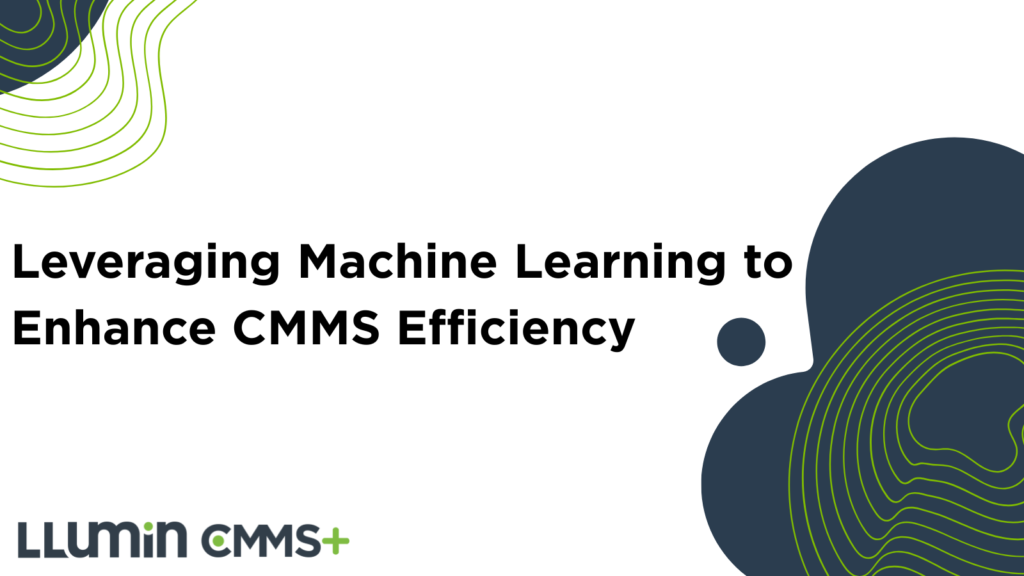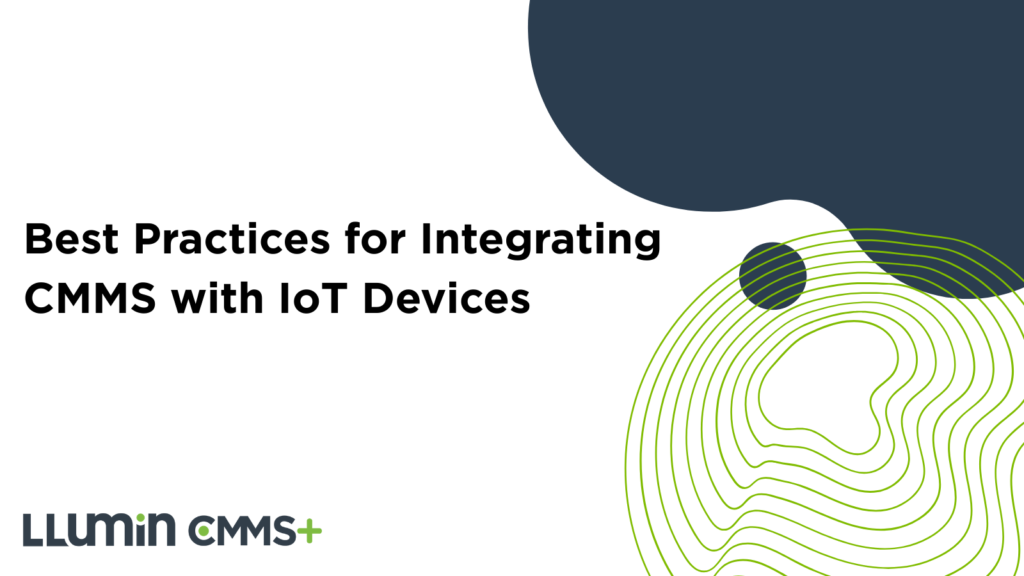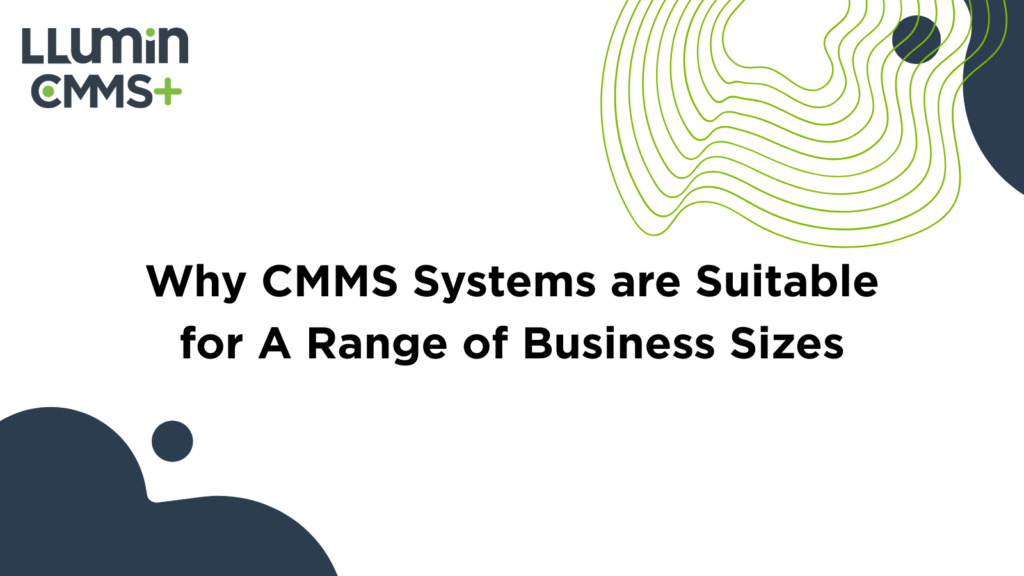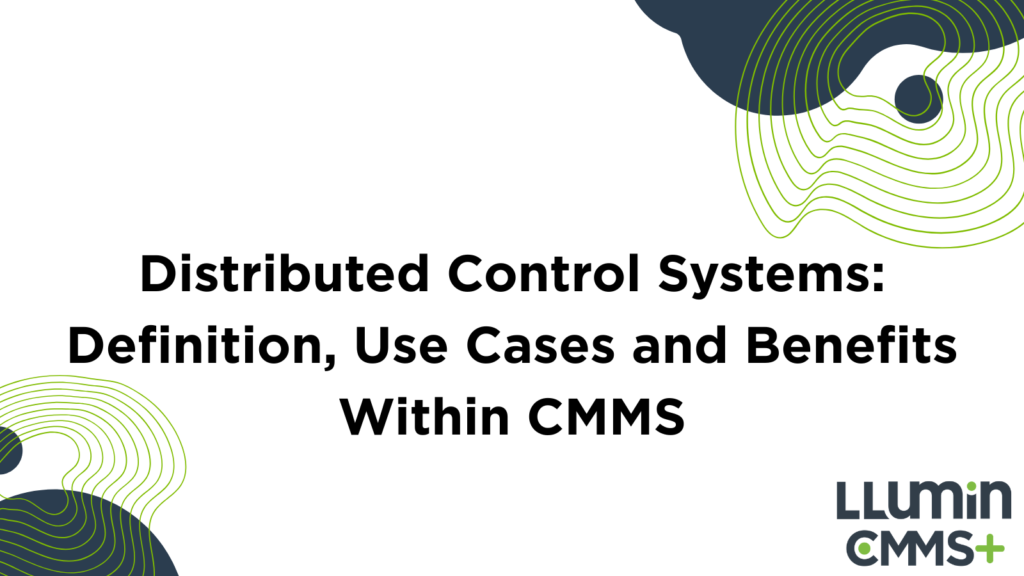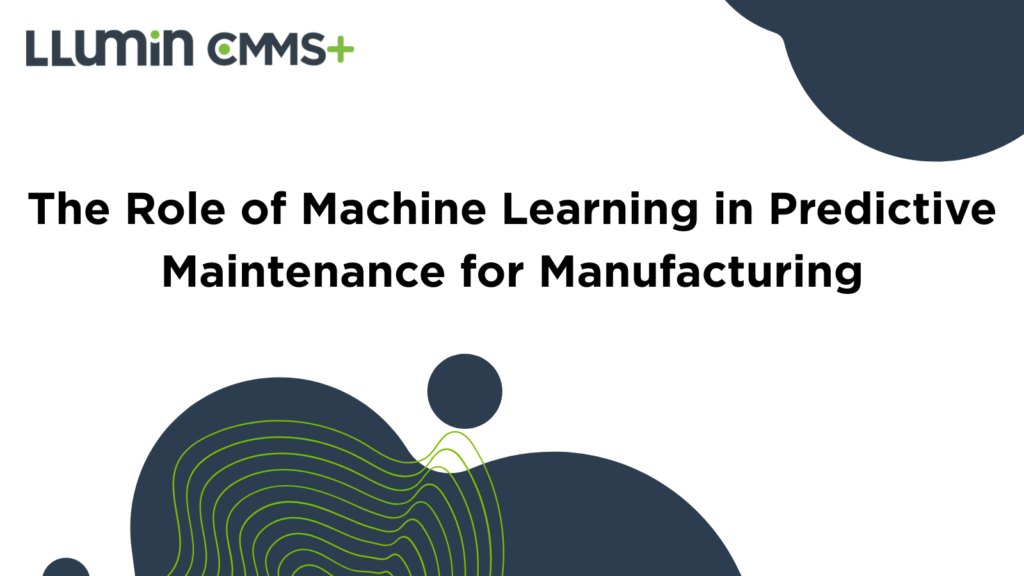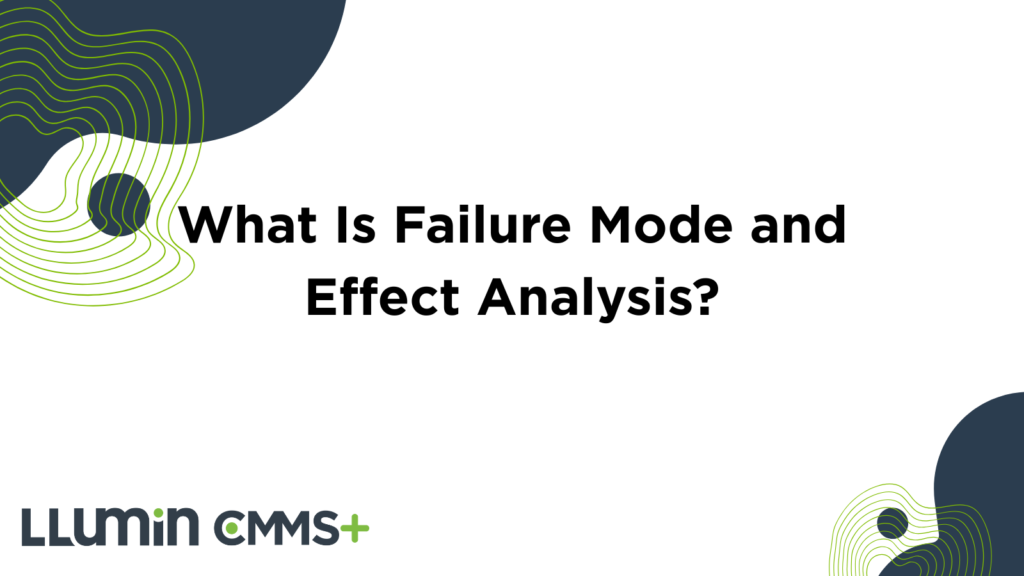Ed Garibian : Author Archives
The Future of Autonomous Maintenance & Self-Healing Systems
Introduction Maintenance managers, industrial automation professionals, operations directors, and asset management specialists sometimes feel like they’re juggling flaming torches while riding a unicycle. The pressure is constant, and there’s no shortage of unexpected breakdowns, last-minute patch-ups, or complicated planning sessions that stretch far into the night. These challenges drive a collective longing for technology that…
Read MoreLeveraging Machine Learning to Enhance CMMS Efficiency
Introduction Companies are on a constant quest to cut costs, reduce downtime, and maximize resource use. A Computerized Maintenance Management System (CMMS) helps by tracking assets, scheduling repairs, and managing spare parts, but too many still stick to reactive or fixed schedules that drain resources and shorten equipment life. Machine learning breaks that mold by…
Read MoreBest Practices for Integrating CMMS with IoT Devices
Introduction Imagine knowing exactly when your equipment needs attention before it fails. By pairing the data-driven reliability of CMMS with real-time information from Internet of Things (IoT) devices, you get a clear picture of how your assets are performing at any moment. Let’s learn more about how IoT Integration works and outline the practical steps…
Read MoreWhy CMMS Systems are Suitable for A Range Of Business Sizes
Introduction What works for one business doesn’t always work for all businesses. That is one of the universal rules of companies. There are so many different factors that can change whether certain strategies or functions work well with you; from organizational structure to budget constraints, from team size to operational complexity, you have to be…
Read MoreDistributed Control Systems: Definition, Use Cases and Benefits Within CMMS
Introduction You’ve probably heard the phrase, “Don’t put all your eggs in one basket.” Managing physical industrial facilities, however, usually has very little to do with eggs – unless you recognize that the same timeless warning applies to both henhouses and physical plants. Distributed Control Systems (DCS) were first introduced in the mid-1970s in response…
Read MoreThe Role of Machine Learning in Predictive Maintenance for Manufacturing
Introduction Machine Learning and Artificial Intelligence have changed the way to go about our daily lives. We’ll hold off calling it the wheel of the modern era, but it certainly is making some major impact on almost every industry. So, it should come as no shocker that they’ve infiltrated the world of Enterprise Asset Management…
Read MoreWhat is Wrench Time? (And How to Calculate)
Introduction Maintenance technicians are busy individuals. They’re constantly assigned tasks, traveling around, procuring equipment, asking for permissions, and waiting for access to particular machines. So many tasks, yet none of them actually constitute Wrench Time, also known as Tool Time. That is perhaps the biggest hurdle in studying Wrench Time: the inability to clearly define…
Read MoreWhat is Automotive OEE?
Introduction Imagine a bustling automotive parts production line where every second and every component counts. What is considered a near-perfect production? Manufacturing only good parts, at the fastest possible speed, with minimal downtime. Consider a scenario where a transmission component manufacturing cell is running. OEE helps you understand if that cell is truly maximizing its…
Read MoreWhat Is Failure Mode and Effect Analysis?
Introduction You’ll be happy to hear that while product design or manufacturing failures are expensive, they’re also preventable. Failure Mode and Effects Analysis (FMEA) steps in and takes care of the whole process for you. It’s a systematic risk management tool that helps your teams identify potential failure modes, assess their impact, and take proactive…
Read MoreConstruction Asset Management: Definition, Examples and Processes.
LLumin discusses MRO inventory optimization strategies such as JIT and VMI and when each approach is appropriate.
Read More
